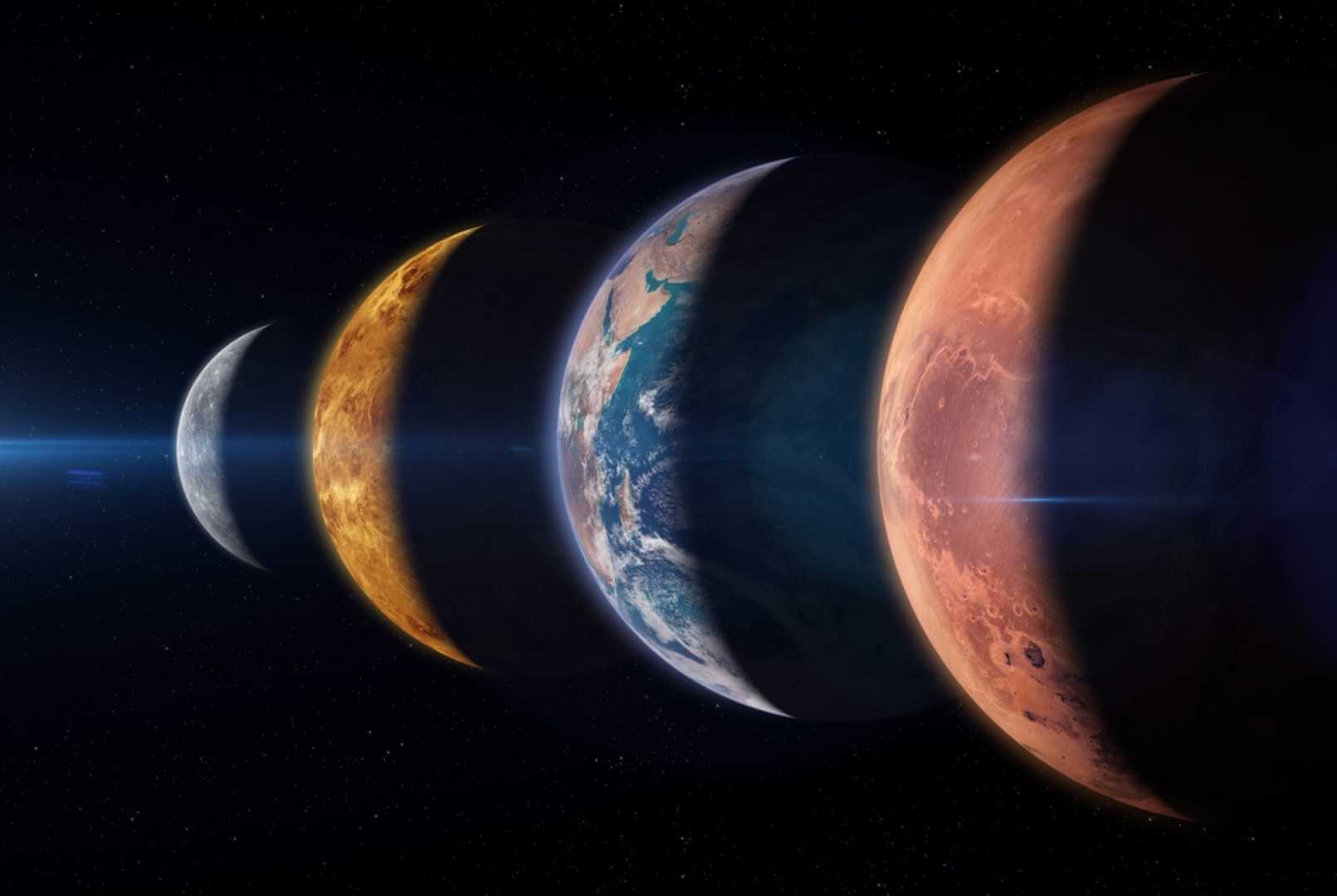Rare Seven-Planet Alignment to Grace Night Skies in Late February

LOS ANGELES, Calif. – Stargazers are in for a celestial treat as a rare alignment of seven planets will be visible in the night sky on February 28. Mercury will join Venus, Mars, Jupiter, Saturn, Uranus, and Neptune, creating a stunning arc across the heavens. This event, known as a planetary alignment, offers both a visual spectacle and scientific opportunities.
The alignment occurs when multiple planets appear on the same side of the Sun from Earth’s perspective. While such events are not uncommon, seeing seven planets simultaneously is rare. Mercury, Venus, Mars, Jupiter, and Saturn will be visible to the naked eye, while Uranus and Neptune will require binoculars or a telescope.
“There is something special about looking at the planets with your own eyes,” said Jenifer Millard, a science communicator and astronomer at Fifth Star Labs in the UK. “These are photons that have traveled millions or billions of miles through space to hit your retinas.”
Planetary alignments are more than just a visual delight. They provide unique opportunities for scientific exploration. For instance, the gravitational pull of aligned planets can be used to slingshot spacecraft, significantly reducing travel time to distant parts of the solar system. The Voyager missions of the 1970s leveraged a rare alignment of Jupiter, Saturn, Uranus, and Neptune to explore all four planets within 12 years.
“That worked out fantastic,” said Fran Bagenal, an astrophysicist at the University of Colorado, Boulder, and a member of the Voyager science team. “If Voyager 2 had left in 1980, it would have taken until 2010 to get to Neptune.”
Beyond our solar system, planetary alignments are crucial for discovering and studying exoplanets. The transit method, which detects dips in a star’s brightness as a planet passes in front of it, relies on precise alignments. This technique has revealed atmospheric compositions of distant worlds, including those in the Trappist-1 system, located 40 light-years from Earth.
“The vast majority of our atmospheric composition analysis is due to alignments,” said Jessie Christiansen, an astronomer at the NASA Exoplanet Science Institute.
While the February 28 event is a fleeting phenomenon, it underscores the beauty and complexity of our solar system. For those hoping to catch a glimpse, clear skies and an unobstructed view of the horizon will be essential. Whether you’re an amateur astronomer or a casual observer, this planetary parade is a reminder of the wonders that await in the night sky.
